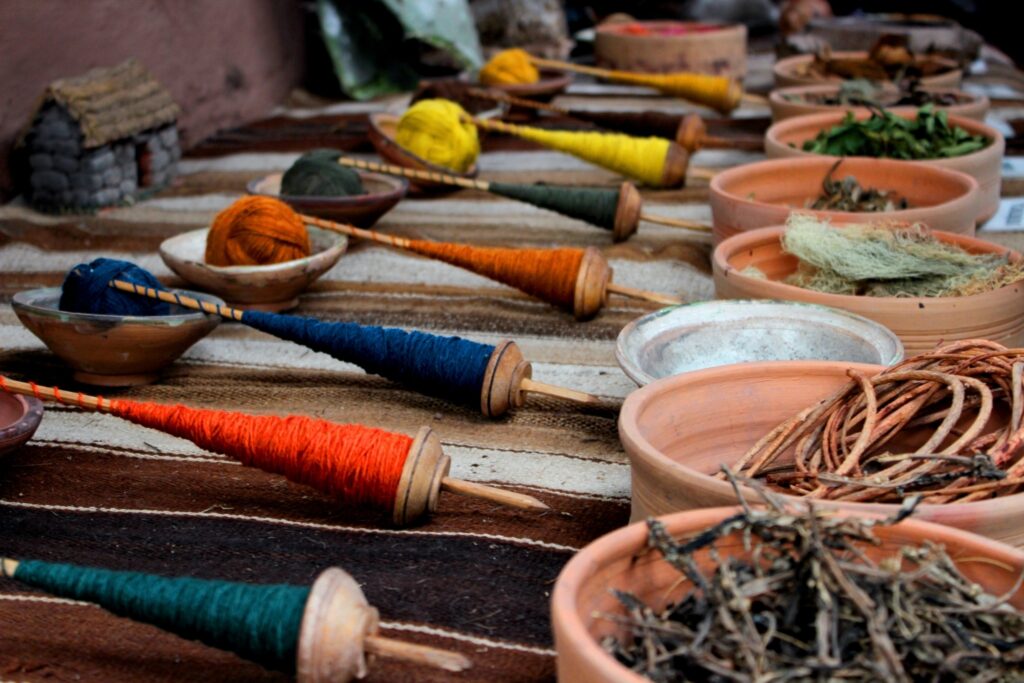Innovative Textile Design Techniques: Enhancing Product Quality and Appeal
The textile industry is always evolving. To best serve their customers, textile companies must be able to adapt to these changes. This can be a difficult task when you have so many factors that are out of your control. But by using the right technology and staying informed about industry trends, you’ll be able to keep up with the pace of change.
From digital printing to laser cutting and sustainable dyeing methods, there are so many advancements in textile design technology are changing the way we create, buy, ship, sell and, ultimately, experience textiles.
In this article, we will explore some of the latest textile design techniques that are transforming the industry.
Digital Printing and Textiles Design
Digital printing is a technique that has gained immense popularity in recent years. This method involves printing digital images directly onto textiles using specialised inkjet printers. One of the main advantages of digital printing is that it allows for intricate and detailed designs to be printed with ease, enabling designers to create unique and eye-catching patterns.
Additionally, digital printing offers an eco-friendlier approach to textile design, as it requires less water and energy compared to traditional printing methods. This technique also allows for on-demand production, potentially reducing waste.
Read more: 3D Printed Textiles: The Future of Fabric Innovation?
Laser Cutting Textiles
Laser cutting is a process that uses a laser to cut textiles into desired shapes and patterns. The energy of a CO2 laser beam is easily absorbed by both natural and synthetic fabrics, causing the portion of the fabric that is directly in the path of the laser beam to rapidly heat up and vaporise. This allows for precise cutting of very filigree details and sealing of cut edges when cutting synthetic textiles.
As such, it’s an efficient technique that enables designers to create complex patterns and shapes that would be difficult or impossible to achieve using traditional cutting methods.
One of the main benefits of laser cutting is its accuracy, which allows for minimal fabric wastage and clean, precise cuts. This technique is particularly popular in the high-end industry of bespoke furniture, where it is used to create intricate lace patterns, appliqués, and other decorative elements.

Photo of threads and market spices by julian mora on Unsplash
Sustainable Dyeing Methods for Textiles
As the textile industry becomes more conscious of its environmental impact, sustainable dyeing methods are gaining traction. These eco-friendlier techniques aim to reduce the amount of water, energy, and chemicals used in traditional dyeing processes.
Some popular sustainable dyeing methods include:
- Natural dyes: Made from plant, animal, or mineral sources, natural dyes offer a more environmentally friendly alternative to synthetic dyes. Examples of natural dyes include indigo, madder, and cochineal. You can learn more about eco-dyeing fabrics using resources such as the Kaliko Journal substack.
- AirDye technology: a dyeing method developed by Colorep®, Inc., a California-based company that deals with sustainable technologies. The technology uses air instead of water to apply dye to a surface, which can be fabric or interiors. This process does not damage the fabric and the colour etches into the fabric as well as any conventional form of dyeing. According to EnviroGadget, AirDye helps reduce up to 95% of the water used in traditional printing and can help save an average of 170 liters of water per garment. Colorep states that it also uses 86% less energy and helps reduce up to 84% of greenhouse gases compared to traditional printing.
- Closed-loop dyeing systems: A 'closed-loop' dyeing process means that materials are used over and over again instead of just once. In a fabric dyeing scenario, this means that when a batch of fabric is dyed, the water and chemicals used to dye the clothing are recycled and used again to dye another batch of fabric. There are several companies that have developed closed-loop technologies for dyeing textiles. DyeCoo in an interesting example, as it uses reclaimed CO2 as the dyeing medium in a closed-loop process. By replacing water with CO2 for the dyeing process, no wastewater is generated. Learn more about DyeCoo in the 'good practices' gallery of the European Union knowledge hub.
By adopting these innovative textile design techniques, the industry can continue to create high-quality, visually appealing products while also minimising its environmental footprint.
Read more: Threads of the Future: How Today's Textile Breakthroughs Will Shape Tomorrow's World
Are you interested in learning more about textiles and manufacturing?
Discover a wealth of information in our freely available Fabrics Academy. Explore the rest of our articles and deepen your understanding of the fascinating world of textile design and production.